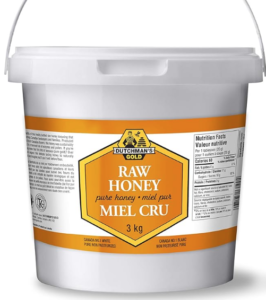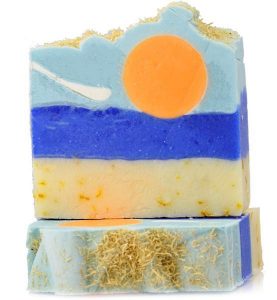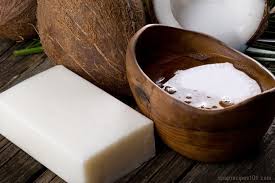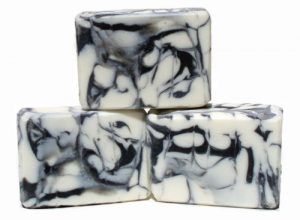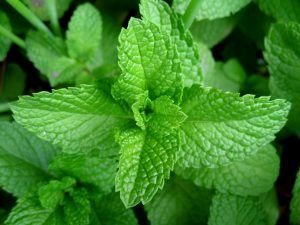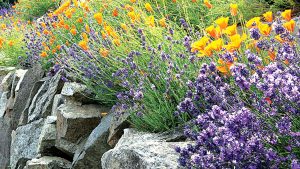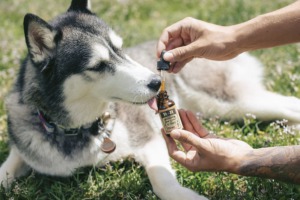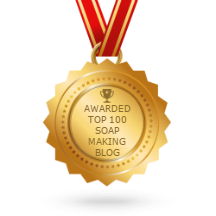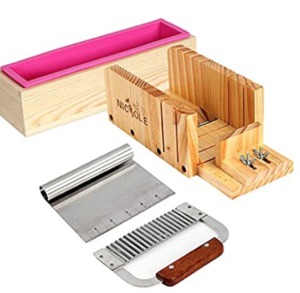Making soap from scratch might seem daunting at first, but it’s a rewarding craft that combines art and science. I’m here to introduce you to cold-process soap making, a method where you control every ingredient that goes into your soap, resulting in a high-quality product that’s gentle on the skin and better for the environment.
Unlike the bars you find at the store, handmade soap retains natural glycerin, offering extra moisturizing properties. Plus, imagine the personal satisfaction you’ll get from using a bar of soap that you created with your own hands. Whether you’re looking to avoid harsh chemicals, reduce plastic waste, or just embrace a new hobby, cold-process soap-making is a fulfilling endeavor.
The process allows for endless creativity. You can choose colors, shapes, fragrances, and textures to suit your tastes or meet specific skin care needs. But before visions of lavender-infused, swirl-patterned soaps start dancing in your head, it’s crucial to ground ourselves in the basics of safety and precision. Soap making is a precise art that requires respect for the ingredients, especially lye, a key component that turns fats into soap.
Historically, soap making is a centuries-old craft, but it’s experiencing a modern revolution as people seek more control over the products they use daily. There’s a deep sense of community and tradition in the soap-making world, and I encourage you to become part of it.
Understanding the origins of soap and the chemistry behind it provides a strong foundation for your first batch. In the next section, I’ll walk you through the essentials you’ll need to get started. You’ll see it’s not just about gathering materials; it’s about embarking on a journey back to basics—a journey that performers, pioneers, and pragmatists can all appreciate. So let’s ensure you have everything you need to turn your kitchen into a mini soap-making lab.
Gathering Your Cold Process Soap Supplies
I always say soap making is both an art and a science. To dive into this craft, you need the right tools and ingredients. Think of it as gathering a painter’s palette and brushes before starting a canvas. Here are the essentials you’ll need for cold-process soap making:
- Begin with the foundation: fats and oils. Depending on the properties you want your soap to have, you’ll choose different types. Coconut oil for lather, olive oil for moisturizing, and palm oil for hardness are some popular choices. Consult a soap-making oil chart to understand the unique benefits each oil brings to the table.
- Next, let’s talk about lye, scientifically known as sodium hydroxide. It’s the chemical that, when combined with oils, results in soap through a process called saponification. A word of caution: lye is caustic and must be handled with respect. ALWAYS use 100% pure lye and adhere strictly to safety guidelines to protect yourself.
- Regarding safety, invest in goggles, gloves, long sleeves, and a well-ventilated workspace. I cannot stress enough how important it is to protect your skin and eyes. Lye can cause serious burns, so equipping yourself with safety gear is non-negotiable.
- Lastly, source high-quality and sustainable ingredients. Local suppliers might offer fresh, organic options. Online retailers specialize in soap-making supplies too. Don’t forget molds – silicone works best as it’s flexible and easy to clean. A sturdy blender, thermometer, and precise scale are also indispensable. Remember, accuracy is key to great results.
The Soap-Making Process: Step by Step
Starting the soap-making process might seem daunting at first, but I assure you, with the right guidance, it’s utterly rewarding. Here’s a breakdown of what you’ll be doing.
- First up is the preparation stage. Have all your supplies laid out and your workspace clean and clutter-free. Safety first – put on your gloves and goggles.
- Begin by accurately measuring the fats, oils, and lye using a reliable scale. Precision is critical here to ensure a successful chemical reaction called saponification. Missteps could result in a failed batch or even a hazardous mixture. Once your lye water is mixed, allow it to cool slightly while you gently warm your oils until they’re about the same temperature. The ideal range is around 95-110 degrees Fahrenheit.
- Now, you’ll slowly combine the lye water with the oils. This step needs a careful and steady hand. Gently stir the mixture, or if you’re using a stick blender, pulse it to mix. This is the ‘trace’ stage, where your mixture starts to thicken, akin to a light pudding. Here’s the fun part. Want to add some flair? This is the moment to mix in any chosen fragrances, colors, or add-ins like oatmeal or poppy seeds.
- Pour the thickened soap mixture into your mold. Tap the mold gently to eliminate any air pockets. Then cover the soap with a towel to insulate and encourage the saponification process. In about 24 to 48 hours, your soap should be set enough to remove from the mold, but not quite ready for use yet.
- After unmolding, you’ll move into the curing phase. Curing can last for four to six weeks and is necessary for the soap to complete saponification and for water to evaporate, resulting in a harder, longer-lasting bar.
- After the Curing: Unmolding, Cutting, and Storage
Your soap has now undergone a critical transformation during the curing process. It’s not just about waiting; it’s about the flavors, the hardness, and the gentleness all developing into their best form. Here’s how to proceed once the curing period, which typically lasts about four to six weeks, is over.
Unmolding your soap is the first step, and it requires a gentle touch. Start by ensuring your soap is fully cured and firm enough to handle. You may need a bit of patience and gentle nudging to ease the soap out of the mold without damaging it. If you used a silicone mold, you’re in luck—these typically release the soap quite easily.
Cutting soap is oddly satisfying. It’s where you decide the size and shape of your bars. You’ll want a sharp, non-serrated knife or a soap cutter for a smooth cut. A ruler can be handy to measure consistent bars, unless you’re going for a more rustic look. Press down gently but firmly, and voila, you’ve got individual soap bars.
For storing your soap, think dry and cool. Avoid direct sunlight and extreme temperatures that can cause melting or sweating. If you plan to use the soap yourself, a linen closet or a bathroom drawer is perfect. For soap intended for sale, wrap it in paper or plastic wrap to prevent surface oils from picking up dust.
Finally, if you’re feeling proud of your soap—which you should be—consider different packaging options for gifting or selling. Handmade labels or rustic twine can add a personal touch that reflects the care you’ve put into each bar. Remember, the presentation is nearly as important as the soap itself when it comes to making a lasting impression.
Cold process soap making is an art that rewards patience and precision. As you become more experienced, you’ll find joy in experimenting with new additives and techniques. Each batch offers a chance to improve and personalize your craft. Keep learning, keep trying, and take pride in the unique bars of soap that emerge from your very own kitchen.
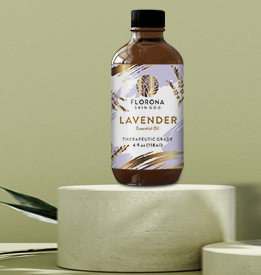
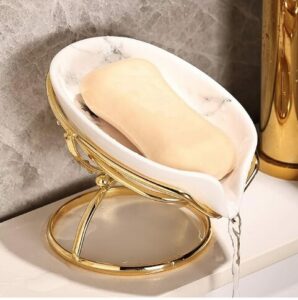 This soap dish is perfect for handmade soap that needs to drain you can find this one by clicking on the link.
This soap dish is perfect for handmade soap that needs to drain you can find this one by clicking on the link.